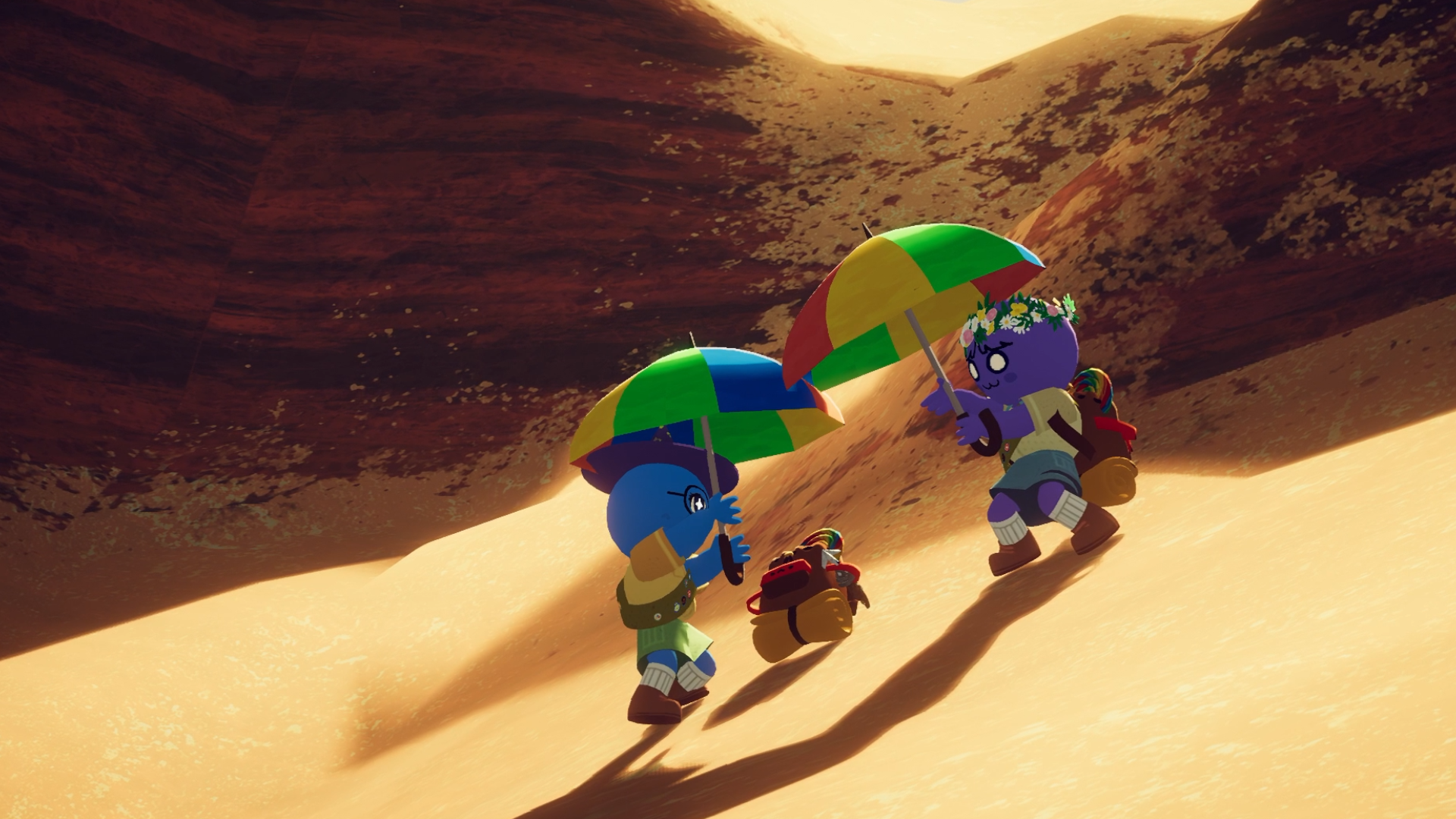
Watch Dogs 2 seems to be borrowing a little of Saints Row’s anarchy, and I think that’s a good thing. I got hands-on with the sequel recently and the slightly cheekier tone just about makes me forgive all the hacktivist banter that I’m at least five years too old to not wince at. I like that Ubisoft is building a slightly sillier open world game, and the intention to make players choose their approach to completing its sandbox missions seems genuine.
I played Watch Dogs 2 for about twenty minutes yesterday. After Ubisoft showed off a story mission which was included in its E3 presentation today, where new protagonist Marcus Holloway breaks into a penthouse using a crane, I was allowed to sample some of the open world side missions that Ubisoft has deployed onto the vast map of San Francisco. This landmass is at least twice as big as Chicago, and encompasses Oakland, Marin County (I hope Skywalker Ranch is in there!) and the Bay itself, which you can cross in a boat. We start on Watch Dogs 2’s version of the tourist-y Pier 39. I go looking for the pier’s notorious gang of sea lions, but they’re apparently somewhere else in Ubi’s version of San Francisco.

My time with the game is set in the open world but still feels a little like a guided demo, with a Ubisoft developer taking me through. I grab a mission that involves sneaking onto a guarded pier, climbing up to the roof of the building there and entering an office to do my whole hacking thing. What Ubisoft wants to highlight is that Watch Dogs lets you approach missions any way you like, and I’m pretty convinced by that in the two side missions that I sample. The pier is guarded by dogs and guards. I use Marcus’s drone to get the lay of the land. I hack a transformer to weaponise it, then use another hack to lure a guard towards it, which acts as a mine when they get within a certain range. That’s one down. I hack a guard dog’s collar, which only temporarily takes it down, then accidentally reverse a car that someone left on the pier over the poor creature. It is dead now. I hacked a dog, and then I ran it over.
Using a portable lift, I get Marcus onto the rooftop without using the stairs, then tase a couple of guards without being seen. I break into the room, complete my objective, and I’m done. What’s cool, though, is I could’ve gone in all guns blazing, or driven a car through to the front of the pier to make a showy entrance. It’s not like it can play out in hundreds of ways, but it does offer some player agency. More than anything, it was just good fun to mess around with different parts of the environment and manipulate the AI. You can make NPCs a wanted target, which sends bad guys after them, but I didn’t get to see this in action. I really do feel bad about the dog, though.

After that, another Ubi developer jumped into my game and we knocked around in co-op. We did a mission together where we raided a garage, at first stealthily, and then all guns blazing when the AI spotted my drone in the sky. One thing I will say about the change in tone and how this world is presented is that it doesn’t quite feel right when Marcus puts his taser away and starts using deadly weapons. That is a choice they put in the hands of the player, though, which is cool. In the last moment of the mission, an enemy tried to escape with a package I needed, and I hacked his motorbike to make him reverse before tasering the guy and stealing the bike for myself.
Watch Dogs 2 feels entertaining, a welcome 180 from the overly serious original. I’m keen to explore other areas, and to see how advanced the hacking abilities can get this time around. My only slight issue so far is with the free-running, which is basically Assassin’s Creed’s one-button platforming, which is a touch too simple for my tastes—but since you spend most of your time driving anyway, which itself has been overhauled to make the handling a little simpler, it’s not a huge problem for me. If they get the tone right in Watch Dogs 2 and it really feels like a true sandbox game, this could be a sequel that gets closer to realising the first entry’s potential.


